Foam Roller Exercises for plantar fasciitis
Body Part:
Foot
Equipment:
Mini Foam Roller & Mini Massage Ball
Level:
Beginner
Body Part:
Foot
Equipment:
Mini Foam Roller & Mini Massage Ball
Level:
Beginner
Plantar fasciitis is one of the most common causes of foot pain. It is estimated that one in 10 people will experience the condition in their lifetime. 1) Plantar fasciitis is sometimes referred to as “first-step pain” because it is usually worse after your feet have been inactive (ex. sleeping), making the first step you take a painful one. We’ve developed exercises that can help relieve plantar fasciitis pain. Our routine begins with a stretching warm-up and finishes with foam roller exercises. All you need is our Mini Foam Roller and Mini Massage Ball. You can also use a rolling pin and tennis ball. Jump to our routine or keep reading to learn more about plantar fasciitis.
The plantar fascia ligament runs along the bottom of the foot, connecting the heel bone (calcaneus) to the forefoot. It facilitates smooth movement of the foot, supports the arch, and absorbs shock.
Whenever we take a step, our foot flattens as our body weight travels from the heel to the ball. This simple, everyday action puts pressure on the plantar fascia, which isn’t very elastic, pulling at the point where it is attached to the heel. Excessive pressure on the foot can inflame or tear the ligament, which causes pain.
Plantar fasciitis can be an ache or stiff feeling in the heel and arch of the foot or a burning sensation that starts in the heel and moves in the direction of the toes. In most cases, the pain goes away as you begin to walk around but returns after a period of inactivity. Most commonly, you won’t experience pain during an activity; it starts suddenly when you stop moving. Plantar fasciitis usually affects one foot. Nevertheless, both feet can be affected.
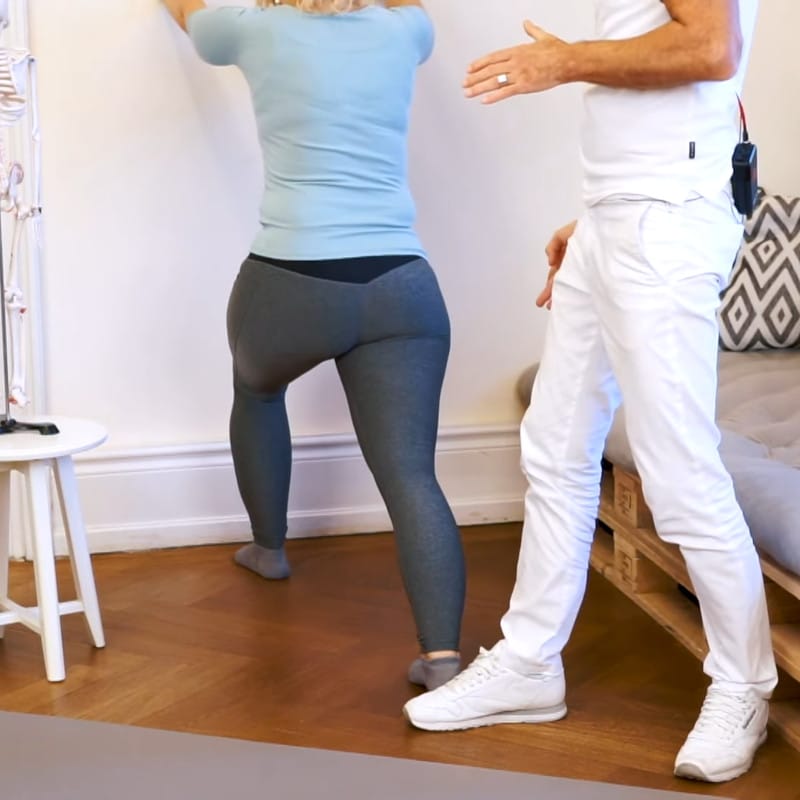
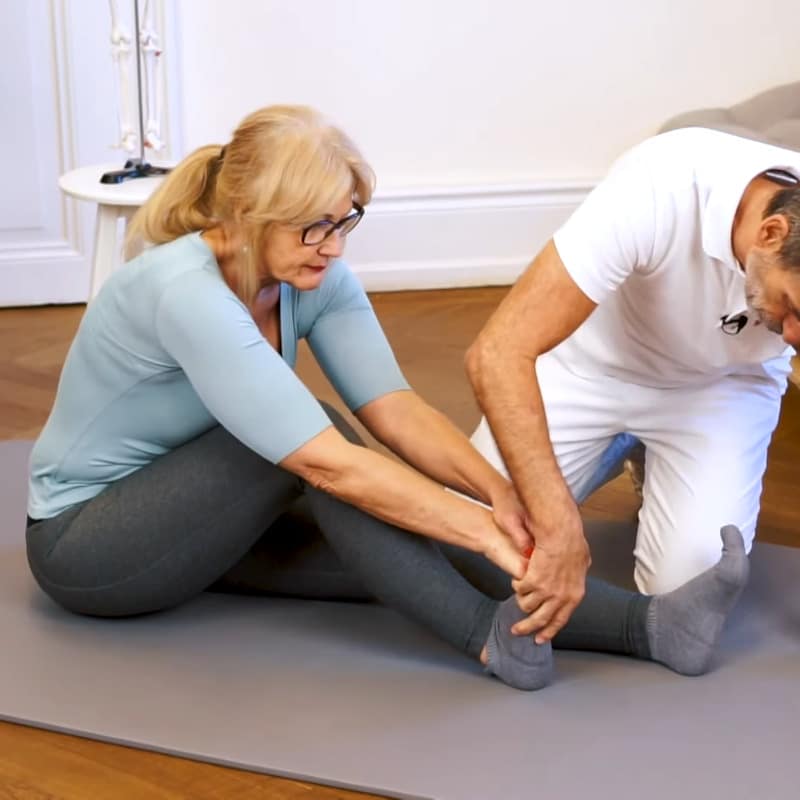
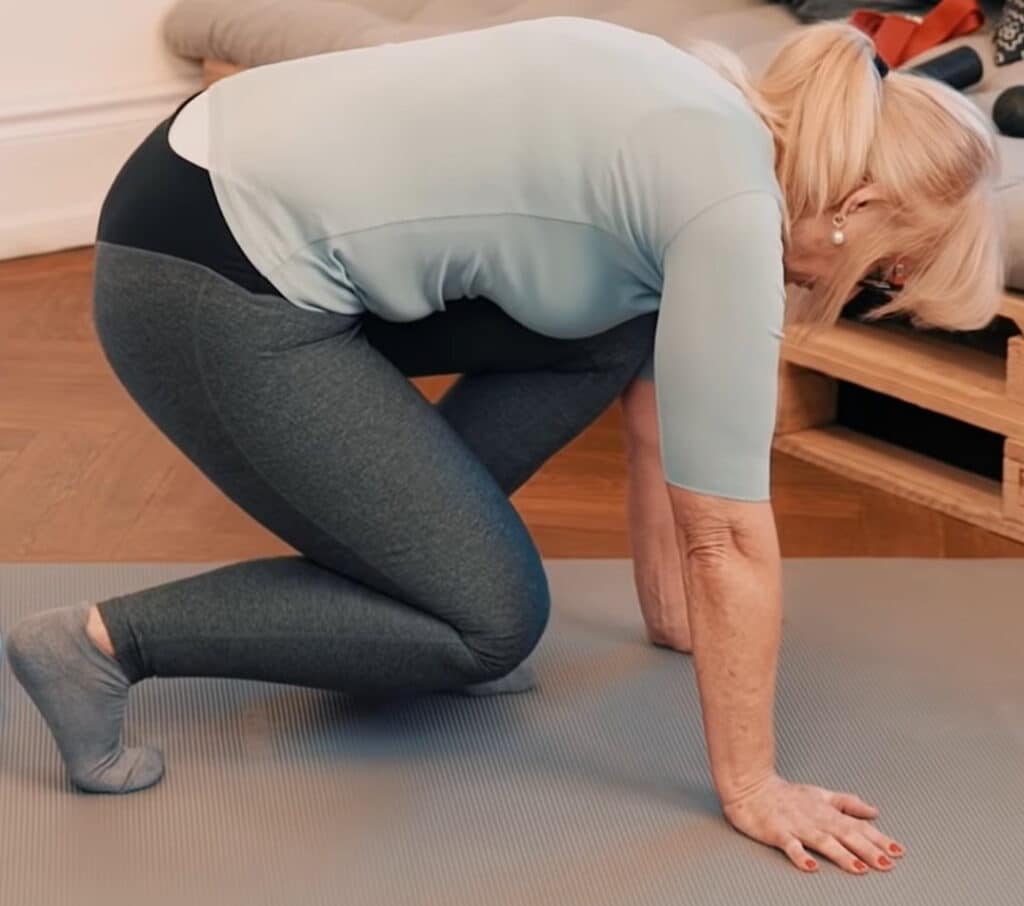
You’ll get the best results from our foam rolling massages if you apply as much pressure as you can to the roller and roll slowly. Each massage should last for 2 to 2.5 minutes.
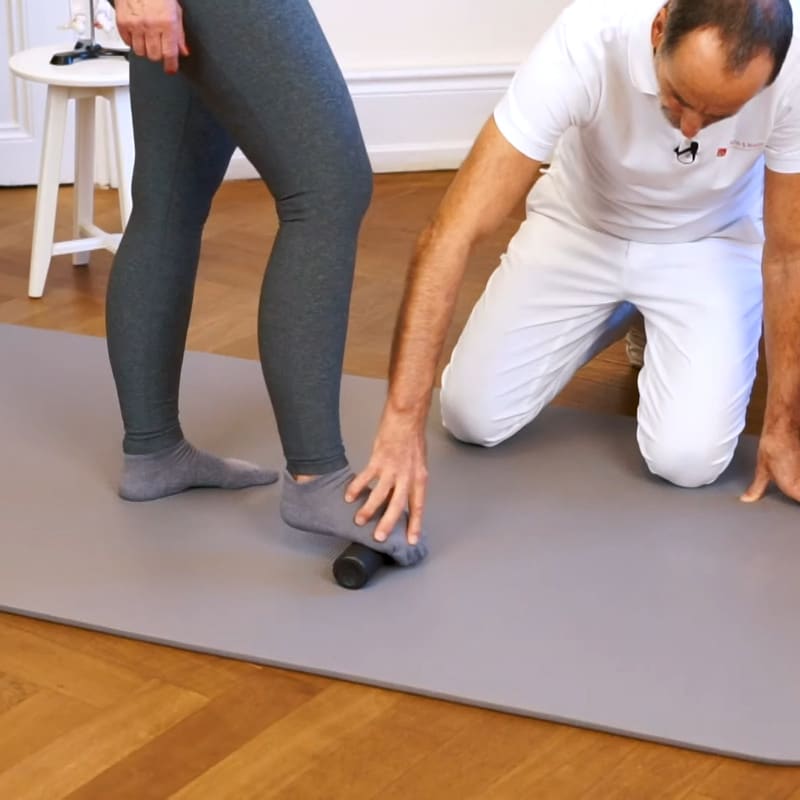
For this exercise, you’ll need our Mini Foam Roller.
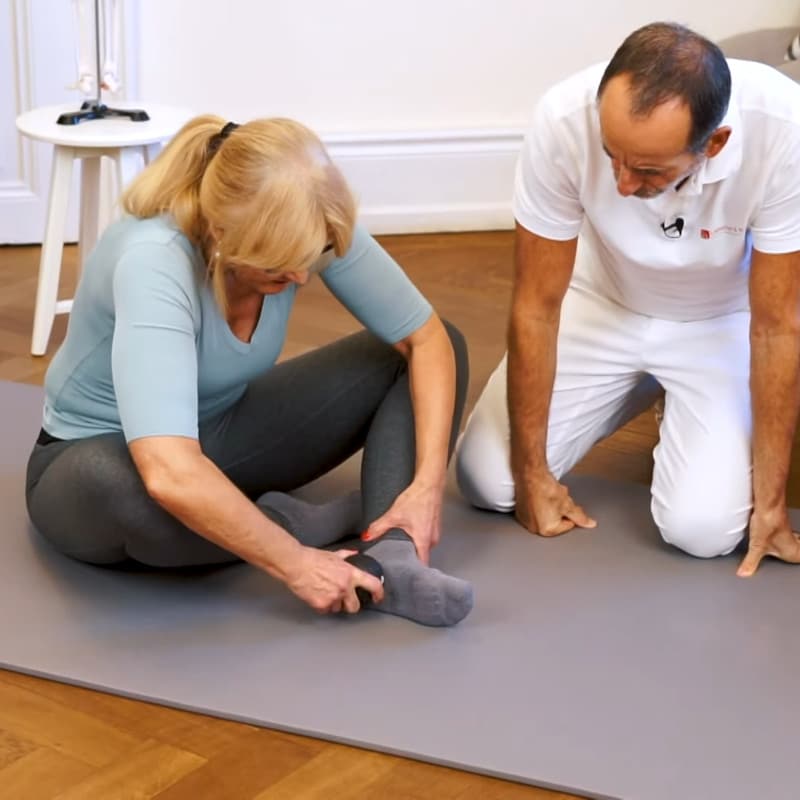
For this exercise, you’ll need our Mini Massage Ball.
It can take from 6 to 12 months for your foot to heal from plantar fasciitis. Performing this exercise routine regularly may help your foot get back to normal more quickly. We recommend exercising six days a week, leaving one day for rest. When you notice that the pain and inflammation in your foot have decreased, you can adjust how frequently you exercise.
Discover how to identify foot conditions, learn all about the causes and symptoms, and find out which of our exercise routines is best to manage your pain.
Learn About & Manage Foot PainWhether you have Achilles tendonitis, torn your tendon, or are experiencing general pain, our stretches can help alleviate, rehabilitate, and get you back in fighting form.
Relieve Achilles Tendon Pain NowIf your feet hurt because of fallen or sunken arches, we’ve got you covered. Our 8-minute flat feet routine can help strengthen your arches and defeet foot pain.
Strengthen Your Foot Arches Now